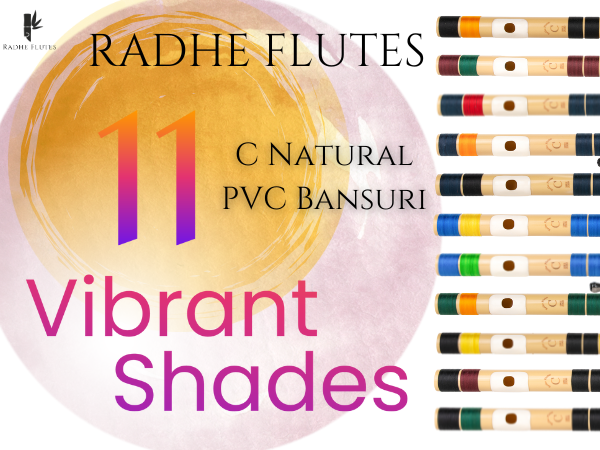
PLAY YOUR PASSION
Master the Basics & Beyond with Ease With Our Bestseller
Trusted by Thousands of Flute Learners

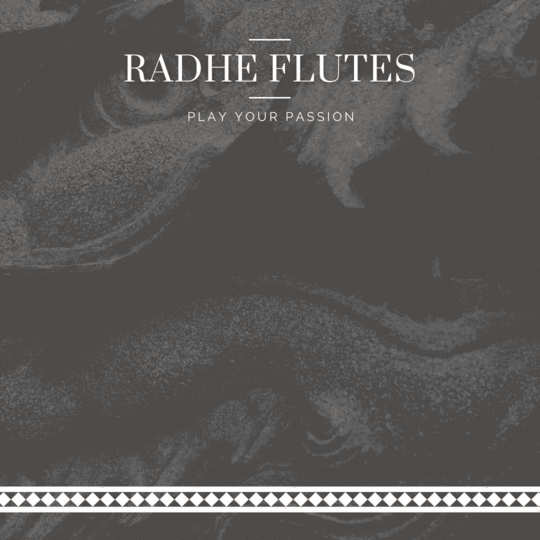
Hand-Crafted with Passion
Whether you're beginner, student, hobbyist, performer, teacher, orchestral musician or a passionate artist.. We have you covered.
Popular Scales
Our Bestsellers
-
RF PVC Fiber C Natural Bansuri Middle Octave Left Handed 20.5"inches
Regular price From Rs. 300.00Regular priceUnit price per -
RF PVC Fiber C Natural Bansuri Middle Octave 20.5"inches | Colors
Regular price Rs. 380.00Regular priceUnit price per -
RF PVC Fiber G Natural Bansuri Base Octave 25"inches | Colors
Regular price Rs. 480.00Regular priceUnit price per -
RF PVC Fiber C Natural Bansuri Middle Octave Without Velvet Cover 20.5"inches
Regular price Rs. 300.00Regular priceUnit price per
-

PVC Fiber Bansuri - Radhe Flutes
Introduction The PVC Flute is a modern evolution of the traditional Indian...
-

Bamboo Bansuri - Radhe Flutes
The Radhe Flutes Bamboo Bansuri The Radhe Flutes Bamboo Bansuri is the...
-
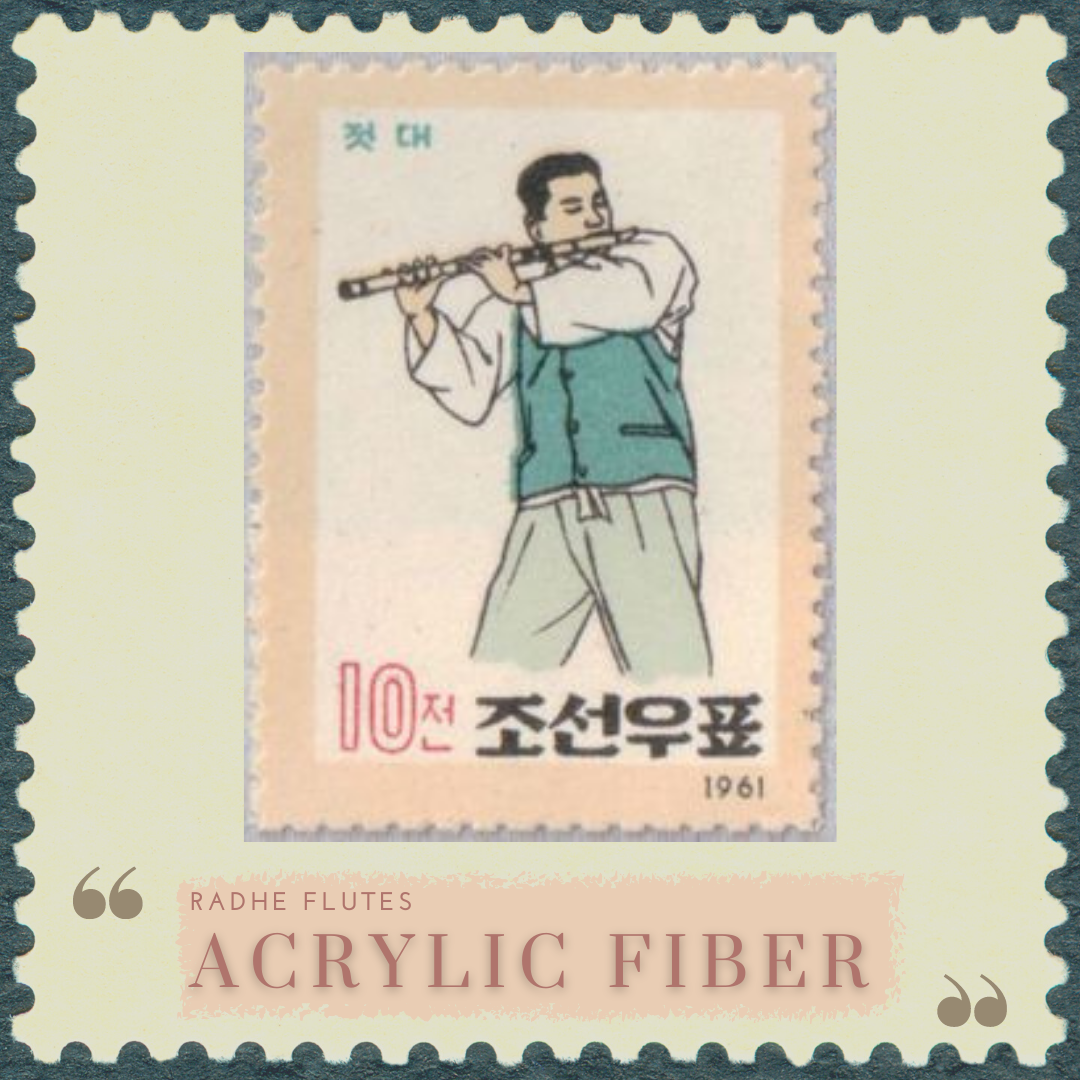
Radhe Flutes Acrylic Fiber
Best alternative for Bamboo Flute. No Maintenance
-
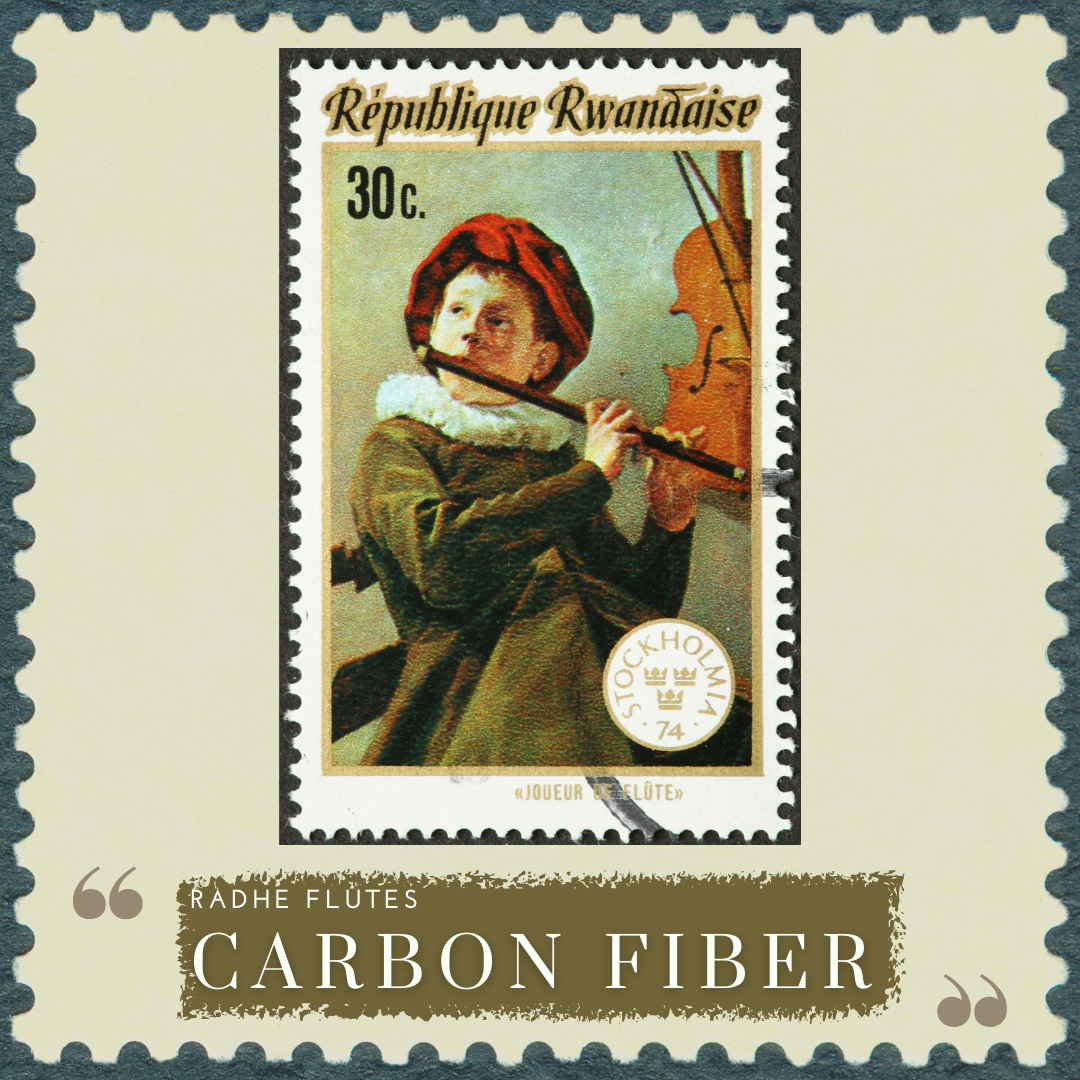
Carbon Fiber Flute
The Carbon Fiber Flute is a modern innovation that combines advanced materials...
-
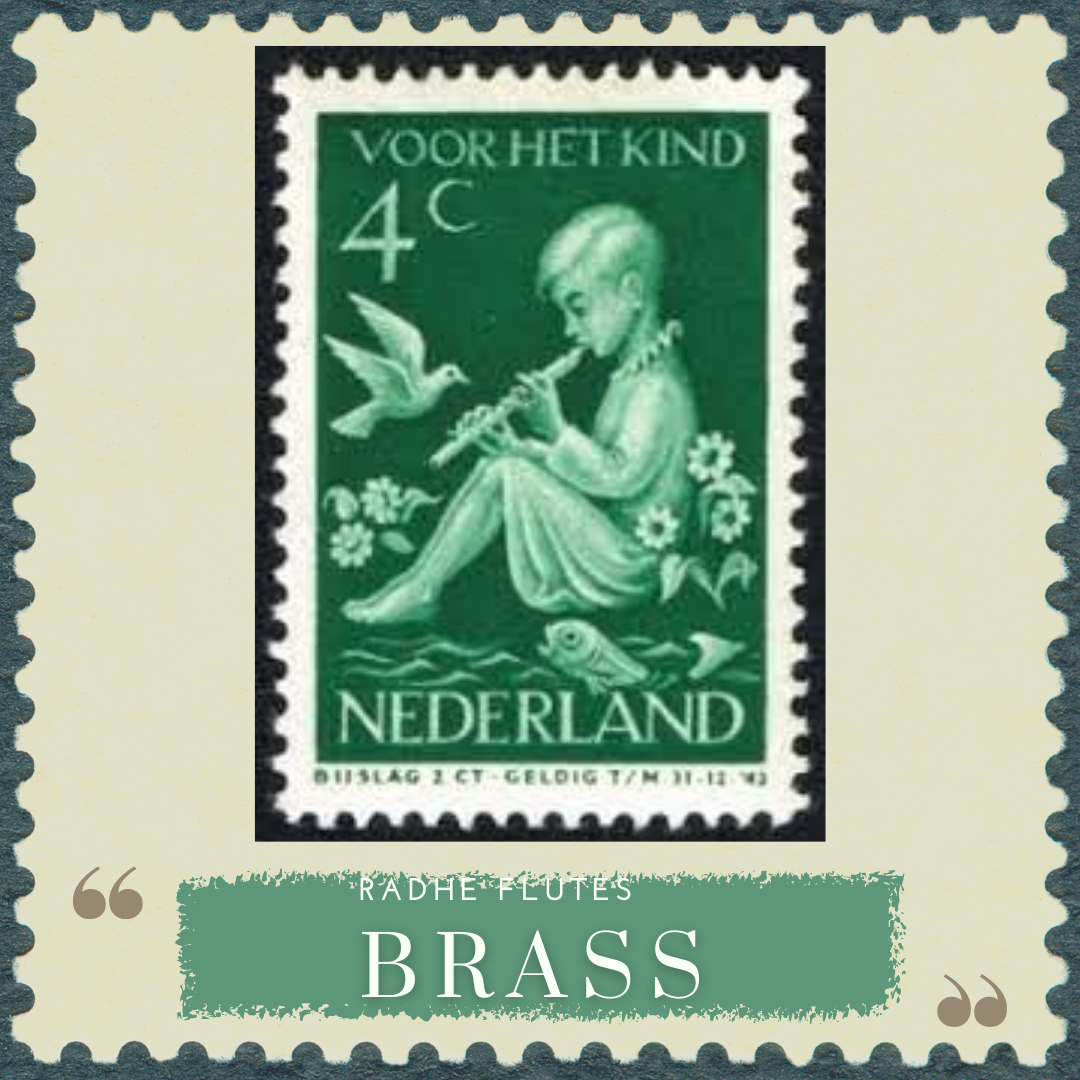
Brass Soprano - Radhe Flutes
Experience the perfect blend of beauty, tone, and craftsmanship with the Brass Soprano...
-
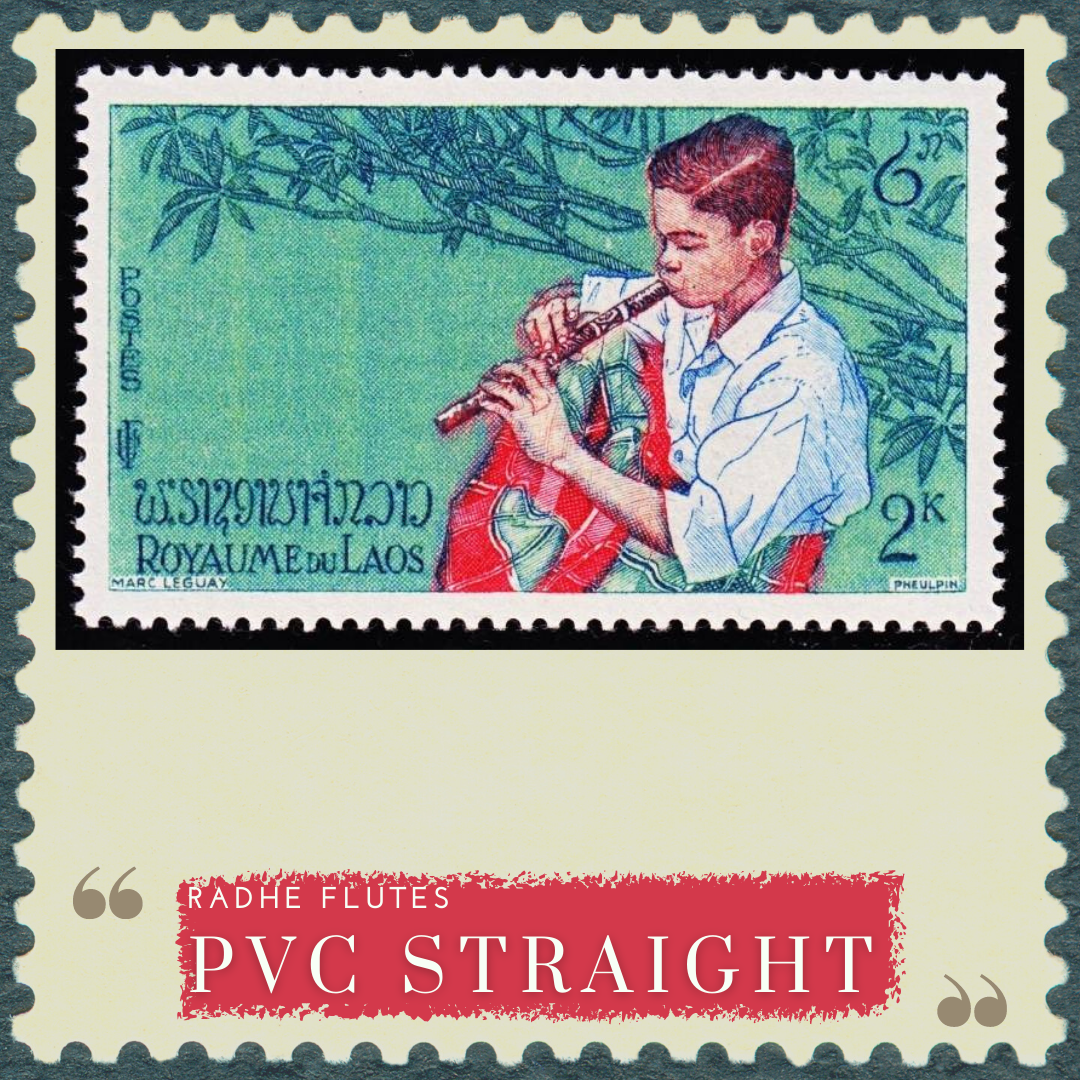
Radhe Flutes PVC Straight
No Health Risk Most Durable Flute with Easy Embouchure.
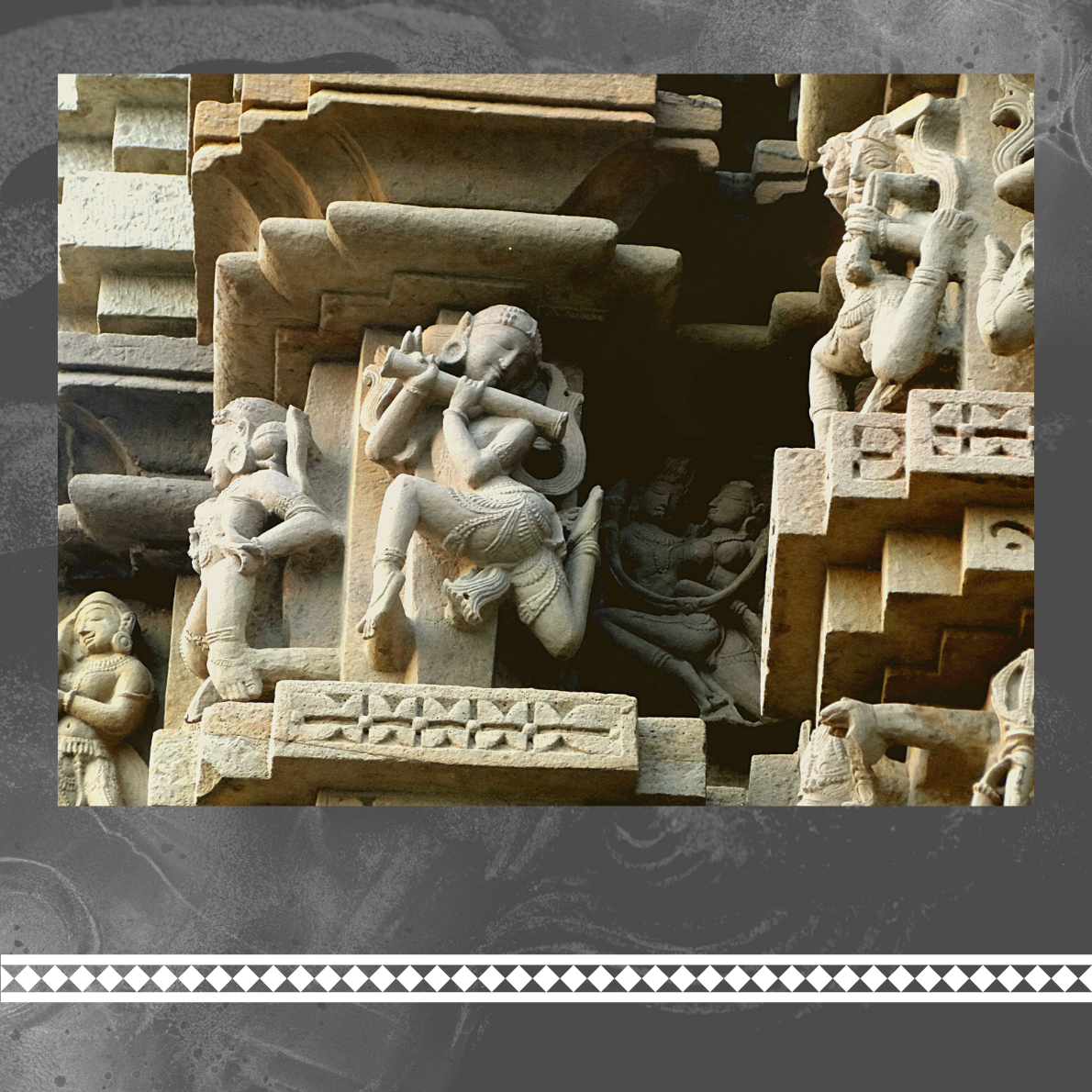
#PLAYYOURPASSION
Our mission is to be able reach out to the people who are dwelled into the hectic competitive day to day lifestyle and cannot connect to a calm and peaceful place.
We thrive to have them create some time for themselves and feel centred within oneself.
Video
Radheflutes
RF Customization | Name Engraving | Prepaid Order Only




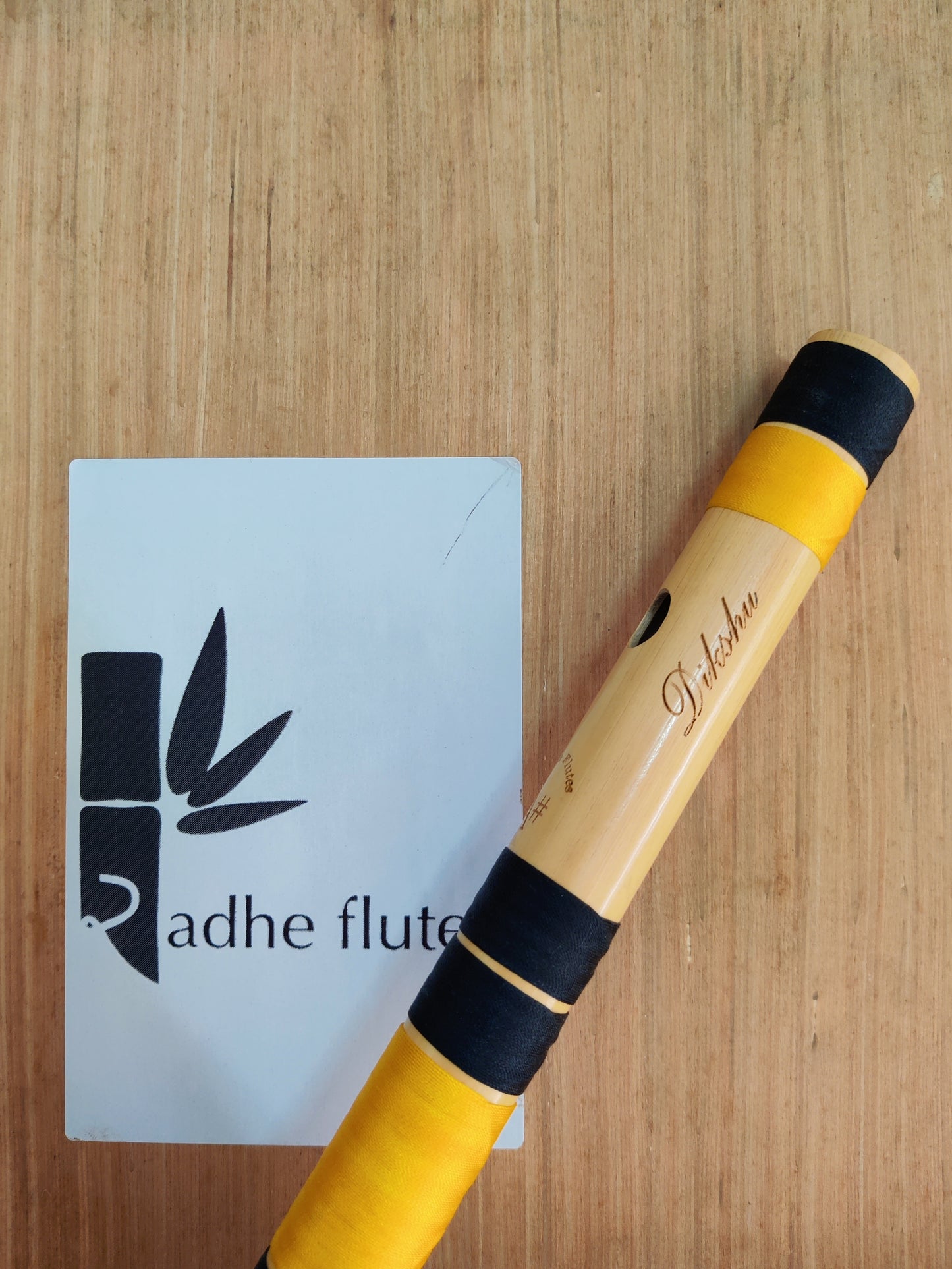

Key Elements
-

Lip-Plate our speciality
Lip-plate installment enhances overall volume and tonal quality while minimizing blowing pressure to generate sound. It really makes a difference.
-

Tuned with Tanpura
Your Bansuri is tuned with Tanpura at A=440Hz. Every bansuri is tweaked to get the optimum balance in tone, volume and pitch, in both lower and higher octaves.
-

Unlock Discount
Get additional 5% instant discount on all orders by choosing Prepaid payment method.































